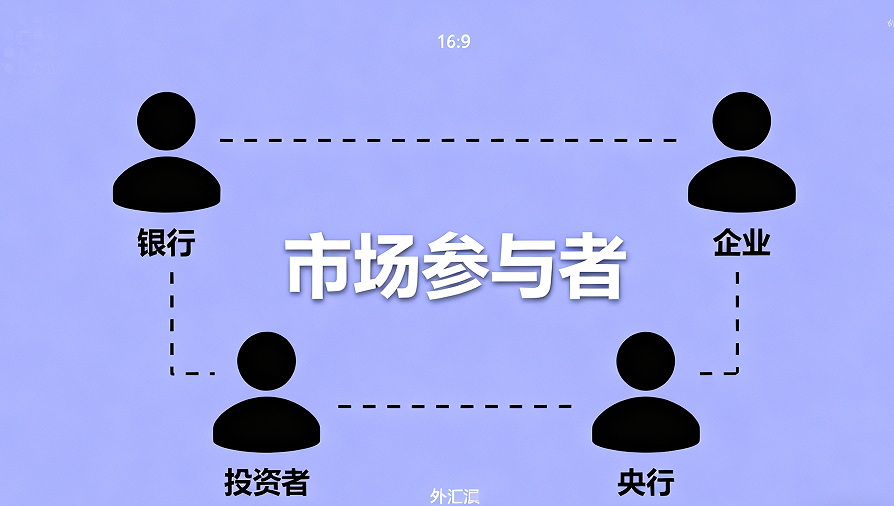
Fed Rate Cut Expectations Heat Up for October, Employment is Key to Determining the Magnitude
In the early hours of Thursday, October 16th, Beijing time, the Federal Reserve released its latest Beige Book, stating that the U.S. economy is in a complex phase characterized by little overall change, coexisting inflationary pressures, and a weakening labor market.
The Beige Book is a summary report compiled by the Fed based on surveys of economic conditions from its 12 regional reserve banks. Published eight times a year, it serves as a key reference for the Federal Open Market Committee (FOMC) meetings. The current survey period spanned from August 26th to October 6th. The Fed will hold its next rate-setting meeting on October 28th-29th.
Analysts noted that against the backdrop of delayed key economic data releases due to the U.S. government shutdown, the Beige Book is particularly crucial, providing important insights for investors analyzing the future trajectory of monetary policy.
The CME Group's FedWatch Tool currently shows a 98% probability of a 25-basis-point rate cut by the Fed in October.
The Beige Book indicated that U.S. economic activity changed little overall since the previous report. Among the 12 districts, three reported slight to modest growth, five reported no change, and four reported slight slowing.
Lu Zhe, Chief Economist at Soochow Securities, believes that the U.S. economy is unlikely to experience a significant recession, with the current market estimating the probability of a recession in the next 12 months at around 30%. However, the U.S. economy still faces potential risks that could exceed expectations, including greater-than-anticipated negative impacts from tariffs on growth and inflation, and liquidity crises in financial markets.
The Beige Book showed that tariffs imposed by the Trump administration are pushing overall inflation higher, with businesses struggling to balance absorbing costs themselves versus passing them on to customers. During the reporting period, prices increased further. Districts widely reported that increases in input costs stemming from tariffs had intensified, but the degree to which these higher costs were passed through to final goods prices varied. Some businesses absorbed costs to preserve market share, while some manufacturing and retail firms fully passed them on. Meanwhile, prices for items like steel and lumber declined in some districts, influenced by weak demand.
















